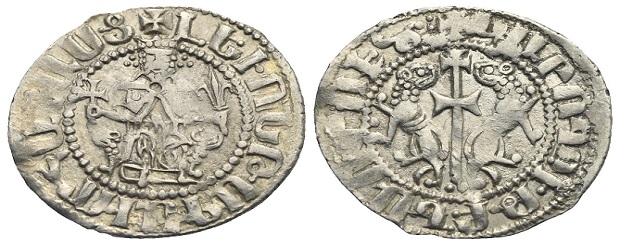
𝙎𝘼𝙎𝙎𝙊𝙐𝙉
Occupied Western Armenia
Sassoun, also known as Sanasun or Sanasunk, was a region of historical Armenian highlands. It played prominent role in Armenian culture and history.
The name was first attested in 7th century Armenian geography Ashkharhatsʻoyts, attributed to Anania Shirakatsi.
Sanasun is the older form of the name, and both versions are also attested in the plural forms Sanasunk and Sasunk.
The Greeks referred to the region in the plural, as Sanasounitai (Σανασουνῖται), which is likely a direct translation of Sanasunk and also refers to the inhabitants of Sanasun.
Sassoun or Sanasun formed part of territory of the Kingdom of Urartu, as well as Kingdom of Armenia under the successive rule of Orontid, Artaxiad and Arsacid dynasties.
Sanasun was territory of Aghdznik, an office that was constituted during the reign of Tigranes the Great (1st century BC) and continued to exist until mid-5th century. Later, the region was ruled by Mamikonian dynasty, from 772 until 1190, when Mamikonians moved to Cilicia after being dispossessed.
The region was eventually conquered by Ottoman Empire, becoming part of the sanjak of Muş in Bitlis Vilayet, and continued to hold a substantial population of Armenians.
During this period, Sasoun was a federation of some forty Armenian villages, whose inhabitants were known as Sasountsis.
The reputation of Armenians of Sassoun was one of a hardy, courageous, stubborn group of mountaineers, with very strong patriotism feeling. Armenians of Sassoun spoke their own dialect of Western Armenian, which is included in the Mush-Tigranakert (Diyarbekir) or south-central group of Armenian dialects.
In late 19th and early 20th centuries, Sassoun was major center of the Armenian resistance movements, who staged two uprisings. Proud warriors, Sassountsis made all their weapons and relied on nothing from the outside world.
The area was also the setting for Armenian epic Sasna Tsrer (Daredevils of Sassoun), which was rediscovered and first partly written down in 1873.
It is better known as Sassountsi Davit (David of Sasoun). This epic dates from the time of invasion of Armenia by the Caliphs of Egypt (about 670 AD), in which the Armenian folk hero of same name drives foreign invaders from Armenian lands.
After its occupation in 1915, all traces of 4000 years of Armenian historical presence were erased, including the medieval monasteries and churches.
Western Armenia under the occupation of Genocidal Turks
Western Armenia under the occupation of Genocidal Turks
www.facebook.com/agobiantours/videos/2432307467136090
